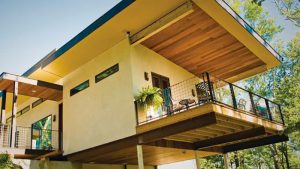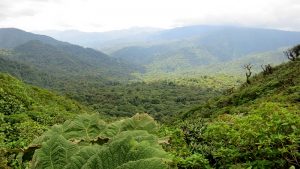Oregon State University Ecampus‘ Youtube channel contains a wide variety of introductory videos on permaculture. We invite you to take some of your time to enjoy and be inspired by these videos, which are well explained and easy to understand. Subtitles are avilable in English and Spanish. More videos are available on the Oregon State University Ecampus’ Youtube Channel.
The Permaculture Principles
“The Permaculture Principles guide our design decisions and formulate the structure of our Permaculture system. We are using David Holmgren’s 12 principle version which are used to help guide every Permaculture design.”
Permaculture Design for Water
“Design for water is the bones of any Permaculture system and often times the way the layout works with water determines the basic shape of things. The Permaculture principles, which tell us to Observe and Interact and Design from Patterns to Details, need to be followed and developed in order for us to design for water on our sites. Temperate, Tropical, and Dryland climates each pose unique opportunities while designing for water. ”
Permaculture Design for Food
“Permaculture is most well known for it’s food systems and forest gardens. This video provides an introduction to producing food in Permaculture systems and what that looks like in different climate zones.”
Permaculture Shelter Design
Buildings and structures are an important part of the human element in a Permaculture system. Ecological design and green architecture are vast fields that this video is just scratching the surface on. This video provides a simple overview of building design for the major climate zones.
Permaculture Zones
“A permaculture site is divided into zones. Understanding the five zones allows for a design that considers the most effective placement of components and how they relate to each other. Each zone has a different requirement for maintenance and function. Zones 1 and 2, or areas needing the most attention, are placed closer to the home and heavy traffic areas while zones 3, 4, and 5 radiate out from heavy traffic areas as upkeep needs become less intensive.”
Source: Oregon State University Ecampus Youtube Channel






